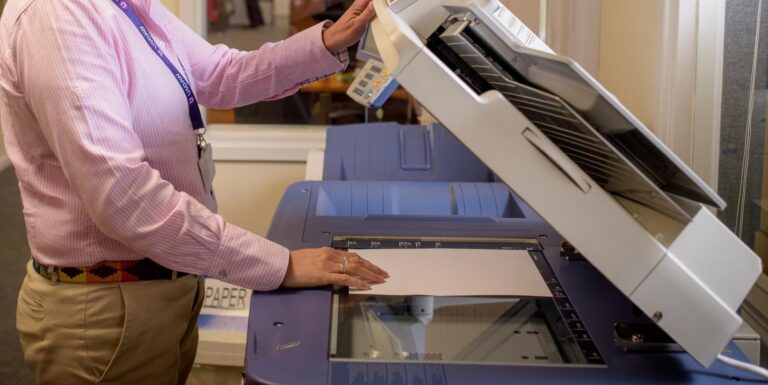Radiofrequency ablation (RFA) is a medical procedure that uses heat generated from radio waves to destroy diseased tissue or reduce pain. This minimally invasive technique has gained popularity in treating a range of conditions, from chronic pain to certain types of cancer. The procedure offers a less invasive alternative to traditional surgery, with shorter recovery times and fewer complications. Those benefits make it an appealing choice for individuals seeking relief from various medical conditions. By understanding how RFA works and its potential applications, patients can make informed decisions about their treatment options.
Understanding Radiofrequency Ablation
Radiofrequency ablation involves the use of a needle-like probe that delivers radiofrequency energy directly to the targeted tissue. This energy heats the tissue, causing it to die, which can reduce pain or eliminate a tumor. The procedure is usually performed under imaging guidance, such as ultrasound or CT scans, to ensure precise targeting. RFA is typically done on an outpatient basis, and patients can often return to their normal activities shortly after the procedure. The risk of complications is relatively low, making RFA a safe option for many individuals.
Applications in Pain Management
One of the most common uses of radiofrequency ablation is in pain management, particularly for chronic conditions such as back, neck, and joint pain. By targeting the nerves responsible for transmitting pain signals, RFA can provide long-lasting relief. This is especially beneficial for patients who have not responded well to other treatments, such as medication or physical therapy. The effects of RFA for pain management can last from six months to several years, depending on the individual’s condition. Additionally, RFA can be repeated if necessary, providing a flexible option for managing chronic pain.
Treating Varicose Veins With RFA
Radiofrequency ablation has also proven effective in treating varicose veins, a condition where veins become enlarged and twisted. RFA is used to heat and close off the affected veins, redirecting blood flow to healthier veins. This not only improves the appearance of the legs but also alleviates symptoms such as pain, swelling, and fatigue. Compared to traditional surgical methods, RFA offers a less invasive alternative with a quicker recovery time. The procedure also has a high success rate, with many patients experiencing significant improvement in their symptoms.
Role in Cancer Treatment
RFA is increasingly used as a treatment option for certain types of cancer, particularly liver and kidney tumors. By directly targeting and destroying cancer cells, RFA can be an effective way to shrink tumors or alleviate symptoms. It is often used in patients who are not candidates for surgery or as a complementary therapy to other treatments. The precision of RFA allows for minimal damage to surrounding healthy tissue, making it a valuable tool in cancer management. Furthermore, RFA can provide palliative relief for patients with advanced cancer, improving their quality of life by reducing pain and other symptoms associated with tumor growth.
Radiofrequency Ablation for Cardiac Arrhythmias
In the field of cardiology, radiofrequency ablation is a key treatment for various types of cardiac arrhythmias, including atrial fibrillation. By applying radiofrequency energy to specific areas of the heart, RFA can correct abnormal electrical pathways and restore a normal heart rhythm. This procedure has become a preferred treatment for many patients due to its high success rate and low risk of complications compared to other options. Furthermore, RFA can provide palliative relief for patients with advanced cancer, improving their quality of life by reducing pain and other symptoms associated with tumor growth.
Other Applications and Future Directions
Beyond these common applications, RFA shows promise for use in other areas of medicine. For example, thyroid ablation treatment is an application where RFA can be used to treat benign thyroid nodules or hyperthyroidism. Researchers are also investigating the use of RFA in treating conditions such as sleep apnea and certain gynecological disorders. As technology advances, the scope of RFA is likely to expand, offering new treatment possibilities for a variety of conditions. With ongoing advancements in medical technology and technique refinement, radiofrequency ablation has the potential to become an even more versatile and effective tool in the treatment of diverse medical conditions in the future.
Conclusion
Radiofrequency ablation is a versatile and effective treatment option for a wide range of medical conditions. Its minimally invasive nature, combined with its ability to provide targeted treatment, makes RFA an attractive choice for both patients and healthcare providers. Whether it’s managing chronic pain, treating varicose veins, combating cancer, or correcting heart arrhythmias, RFA offers a promising solution. As research continues to advance, the potential applications of RFA are expected to grow, further enhancing its role in modern medicine. By staying informed about the latest in radiofrequency ablation and working closely with medical professionals, patients can harness the benefits of this innovative treatment to improve their health and well-being.
Photo by RDNE Stock project










